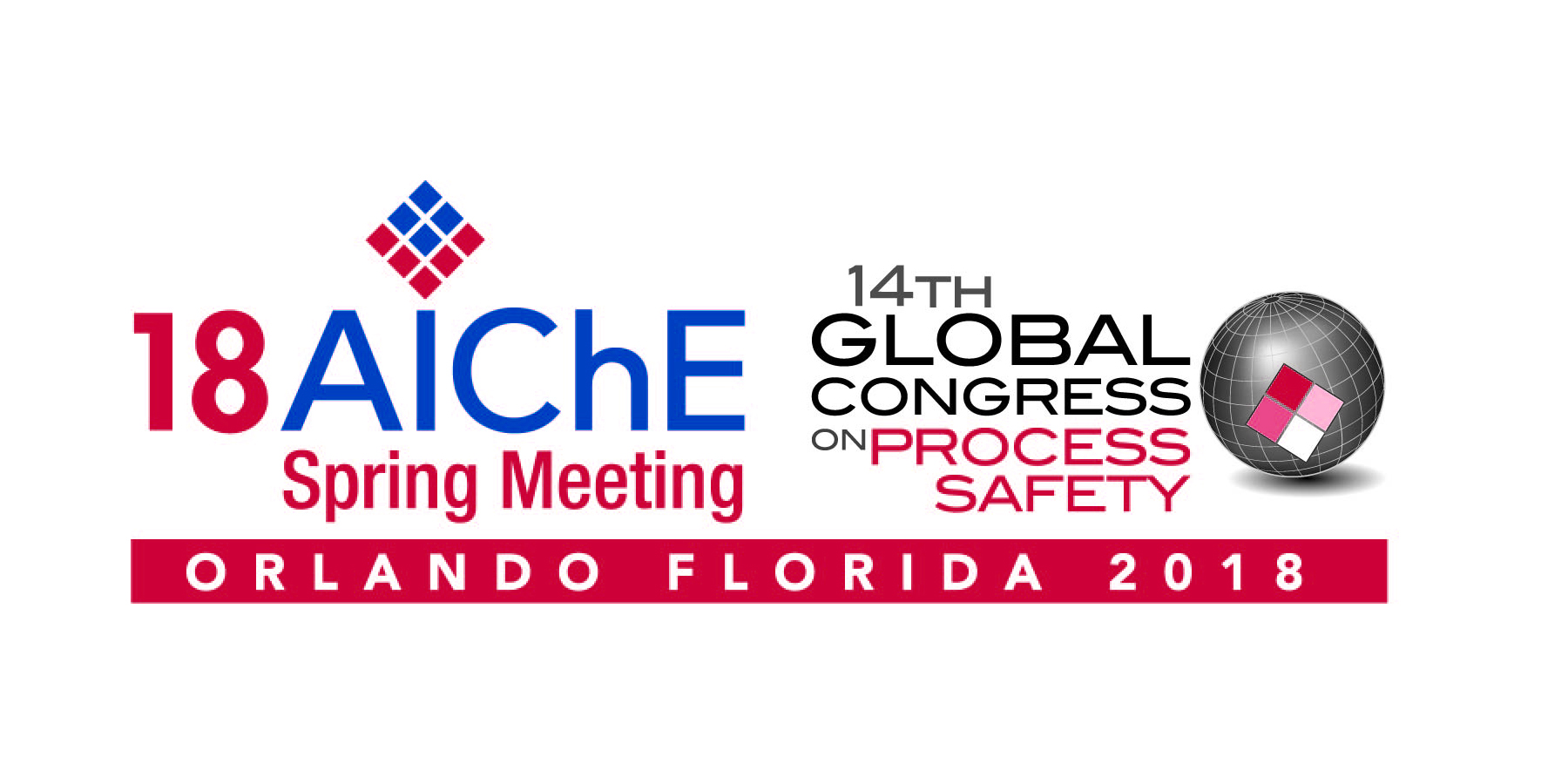

First, the previously statistically described but physically unexplained phenomenon known as probability of initial failure (PIF) has been irrefutably confirmed as a real physical phenomenon and specific explanations for this phenomenon have been discovered. PIF is a measure of the percentage of SOPRV which will be installed or re-installed in the stuck shut mode of failure meaning that the SOPRV provides no protection at all during the time from installation until its next proof test! Not all SOPRV are equally affected. PIF varies considerably by valve design, material composition and set pressure. Understanding how these parameters affect PIF offers potential to mitigate or at least significantly reduce the very considerable negative impacts of PIF on SOPRV safety performance.
Second, the assumed constant dangerous failure rate, λD, of an SOPRV during its useful life is, in fact, composed of two parts. The first part, λDI, is due to the dangerous failure rate inherent in the SOPRV based on design, manufacture, and assembly. The second part, λDS, is due to specific considerations of the site at which the SOPRV is installed and maintained. Research has shown that λD can be two or more times λDI. The λDS portion of the dangerous failure rate may be subject to complete or at least partial remedy which, if enacted, will reduce λD improving safety performance.
Third, a decade ago the available proof test data did not support increasing proof test intervals beyond a period of 4 – 5 years. Unfortunately, all the data analyzed since do not support any increase in proof test intervals. However, this does not mean that increases in proof tests intervals are impossible – simply that available data do not support such increases. In this regard, the paper closes with a recommendation for a data collection project which takes advantages of the last decade of improved understanding of SOPRV safety performance to answer two specific questions. Given an operating company’s stated safety performance goals: Under what conditions, if any, can the proof test interval of a SOPRV be increased without compromising the stated safety performance goals? If conditions for an increase in proof test interval exist, what is the permissible increase without compromising stated safety goals?
Presenter(s)
Language
Pricing
Individuals
| AIChE Member Credits | 0.5 |
| AIChE Pro Members | $19.00 |
| Employees of CCPS Member Companies | Free |
| AIChE Graduate Student Members | Free |
| AIChE Undergraduate Student Members | Free |
| AIChE Explorer Members | $29.00 |
| Non-Members | $29.00 |
